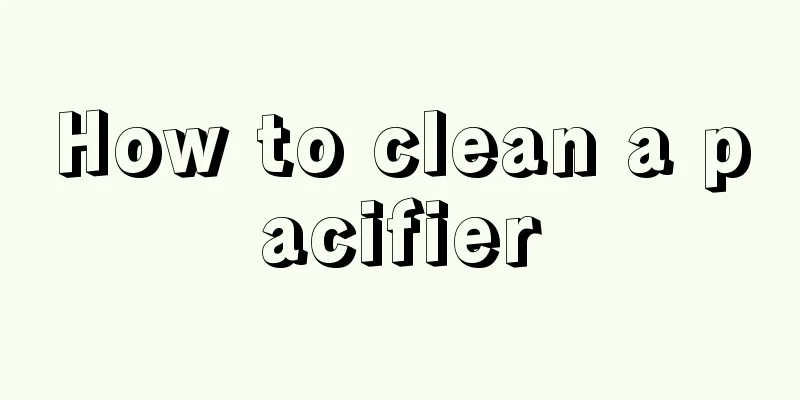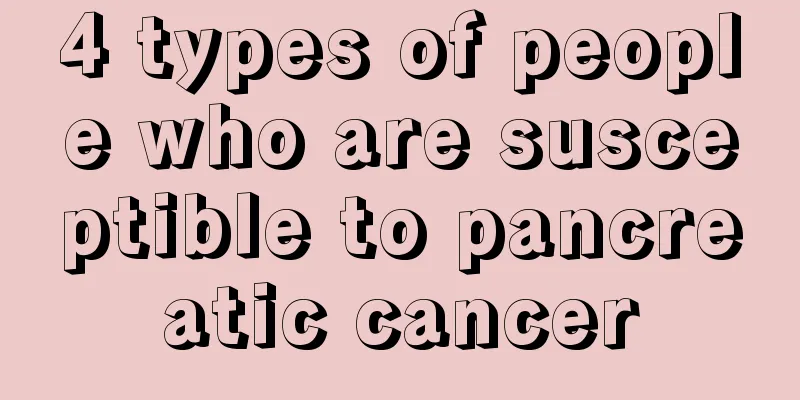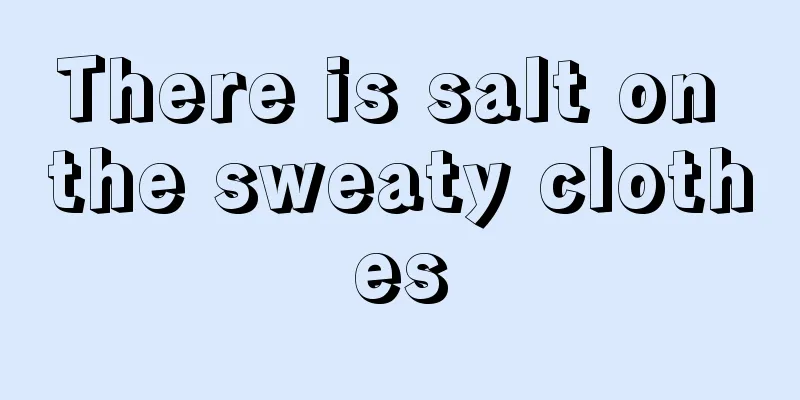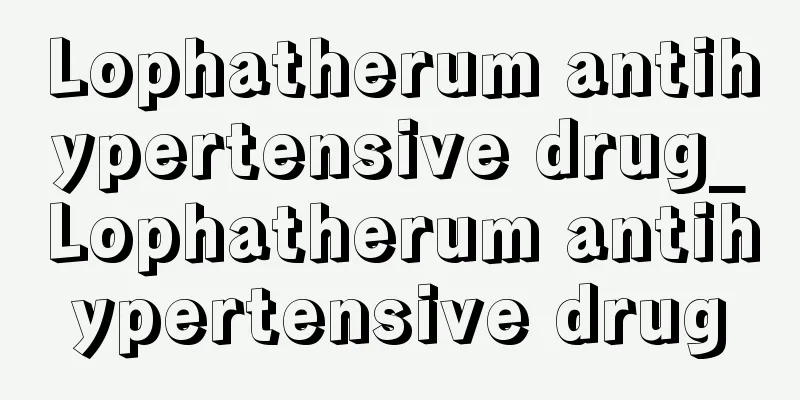How to clean a pacifier

|
A pacifier is something that is designed to imitate a mother's nipple and is specifically for babies to use. Because most babies are breastfed when they are young, their mother's nipple has a soothing effect on them. In order to allow babies to drink more when drinking milk powder, pacifiers are generally designed to be in the shape of the mother's nipple. Because most of the time pacifiers are made of silicone, it is important to clean the pacifier regularly to avoid causing problems to the baby's health. What is the correct way to clean the pacifier? 1. Clean the bottle and nipple immediately after each feeding. When cleaning, pour out the remaining milk first, rinse with clean water, and then brush the bottle clean with a bottle brush. It is best to prepare a bottle cleaner specifically for cleaning. In addition to the inside of the bottle, the bottleneck and spiral should also be cleaned carefully without missing anything. 2. When cleaning the pacifier, turn it over first and brush it carefully with a pacifier brush. If there are solidified milk stains on the pacifier, you can soak it in hot water for a while, and then use a pacifier brush to brush it off after the milk stains become soft. The area near the nipple hole is relatively thin, so be gentle when cleaning it and be careful not to crack it. 3. After washing the pacifier and bottle, rinse them repeatedly with running water and place them upside down in a ventilated place to dry. 4. In addition to cleaning after each use, it is also necessary to disinfect it regularly. It is best to disinfect it once a day. You can boil it in an ordinary pot with boiling water, or steam it in a steamer, or use a microwave oven. It usually takes 8-10 minutes. The disinfection equipment should be dedicated, or a dedicated disinfection pot can be used. 5. Prepare a special sterilizing pot, put the milk bottles in (it is best to put glass milk bottles in at this time, plastic milk bottles should be put in the pot after the water boils for 5-10 minutes), add appropriate amount of clean water (enough to completely submerge all milk utensils), bring to a boil over high heat, put in plastic products such as pacifiers and bottle caps after 5-10 minutes, cover with a lid and cook for another 3-5 minutes before turning off the heat. After the water cools down a little, use a sterilized bottle clip to take out the nipple and bottle cap. After drying, put them on the round bottle for later use. 6. Place the thoroughly cleaned bottle and nipple facing down into the steamer and steam for about 5 minutes, then take out and let cool. 7. After daily washing, there will inevitably be residual bacteria on tableware and other items, or they may be contaminated by bacteria in the air and grow on tableware and other items. In a damp bottle, bacteria are more likely to grow on the surface of the nipple. If this continues for a long time, it will pose a serious threat to the baby's health. Infants and young children have weak resistance. In order to provide your baby with safe and clean feeding utensils, you need to sterilize the bottles and other auxiliary utensils at high temperature. |
<<: Key points of high leg lift
>>: Can I use a pacifier when I am one month old?
Recommend
Treatment of inferior myocardial infarction
Inferior myocardial infarction, also known as myo...
Who is more likely to develop prostate cancer
Prostate cancer is a male disease. There are many...
What delicious food is there in Zhangjiajie
Zhangjiajie is a very beautiful scenic spot in th...
How to test DNA
I believe that many people will conduct various e...
Is the chance of recurrence of advanced gastric cancer high? The truth is this
Is there a high chance of recurrence after gastri...
What medicine is effective for eye mucus
Eye mucus is a normal physiological phenomenon th...
Red and hot face_Red and hot face
There are many reasons for redness and hotness of...
Dietary remedies for treating lymphoma
Lymphoma poses a great threat to people's hea...
What are the functions of Cassia seed health pillow core
Cassia seed is a health care material with many f...
Will high heels make your calves thicker?
Every woman likes to wear high heels. Most women ...
Can microcephaly be detected by ultrasound?
Microcephaly is a type of fetal malformation and ...
What to do if your hands are frozen and cracked
In winter, the temperature is generally low in mo...
Basic knowledge about hamartoma
The importance of internal organs to the human bo...
The harm of standing for a long time to women
The harm of standing for a long time to women wil...
What are the taboos of stir-frying coix seeds and soaking them in water?
Job's tears has high health value, so it is a...









